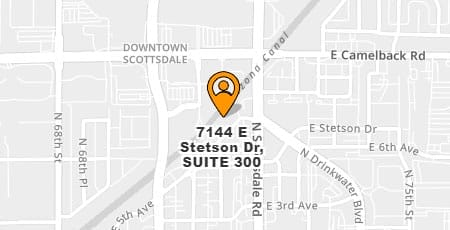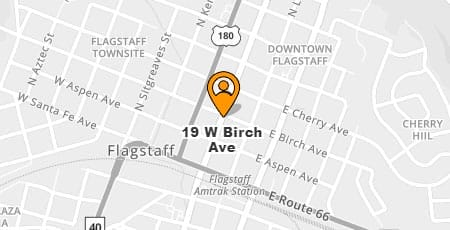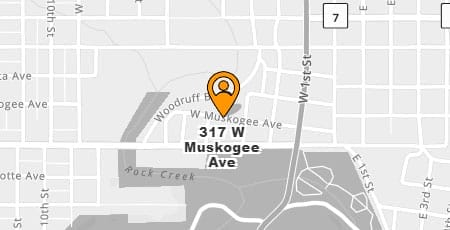
By Eric Hill, Attorney at Rose Law Group
Today, April 3rd, 2020, is slated to be the opening day for applications to the Paycheck Protection Program (“PPP”) that was established under the federal CARES Act. The PPP will provide forgivable loans to small businesses to help cover costs and prevent employee layoffs, and will be available through Small Business Administration (“SBA”) lenders. The program is a lifeline for businesses and organizations that are starved for funding, so demand for the PPP is high.
The US Treasury and Small Business Administration (“SBA”) are responsible for establishing the program’s guidelines and administering the program. Thus far, these guidelines and program details have been scarce. Fortunately, the SBA has issued an Interim Final Rule that clarifies a few more aspects of the program. These are:
Loan Duration: Although the CARES Act would allow for a 10-year maturity date for PPP loans, the SBA has set the a 2-year term instead.
Interest Rate: The SBA has set the interest rate for PPP loans at 1%.
Deferment: PPP loans may be deferred for a maximum of 6 months, instead of the 1-year timeframe referenced in the Act.
Forgiveness of Non-Payroll Costs: The forgiveness provision of the PPP is its most significant benefit because it can essentially transform the loan into grant. The CARES Act specifies that to obtain this forgiveness, the borrower needs to document that it has used the loan proceeds to cover allowable costs during an eight-week period after the PPP loan is disbursed. These allowable uses include payroll costs, rent or interest on mortgage payments, and payments for utility service. After the borrower documents these costs over eight weeks, it can submit that documentation to its lender and have an equivalent amount of the loan balance forgiven.
The interim rule introduces a limitation on that forgiveness. It states that no more than 25% of the forgiven amount may be attributable to non-payroll costs. This means that borrowers who receive PPP loans need to not only ensure that the loan proceeds are spent on allowable costs, but also that 75% of that spending is on payroll costs in order to qualify for the most forgiveness.
Independent Contractors: Independent contractors will need to apply for their own PPP loan. For business entities that pay independent contractors, those independent contractors do not count as employees for purpose of that business entities’ PPP loan calculations.
If you have any questions please don’t hesitate to contact Rose Law Group Attorney Eric Hill at 480.240.5653 or EHill@roselawgroup.com.





